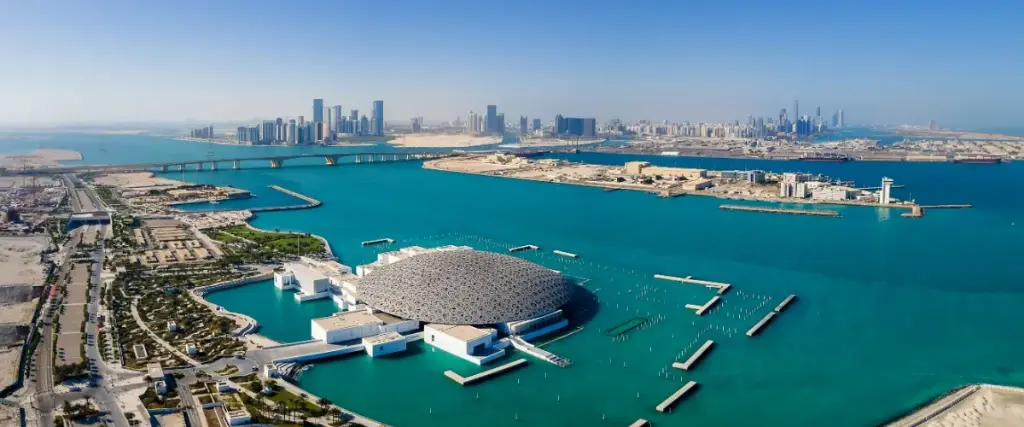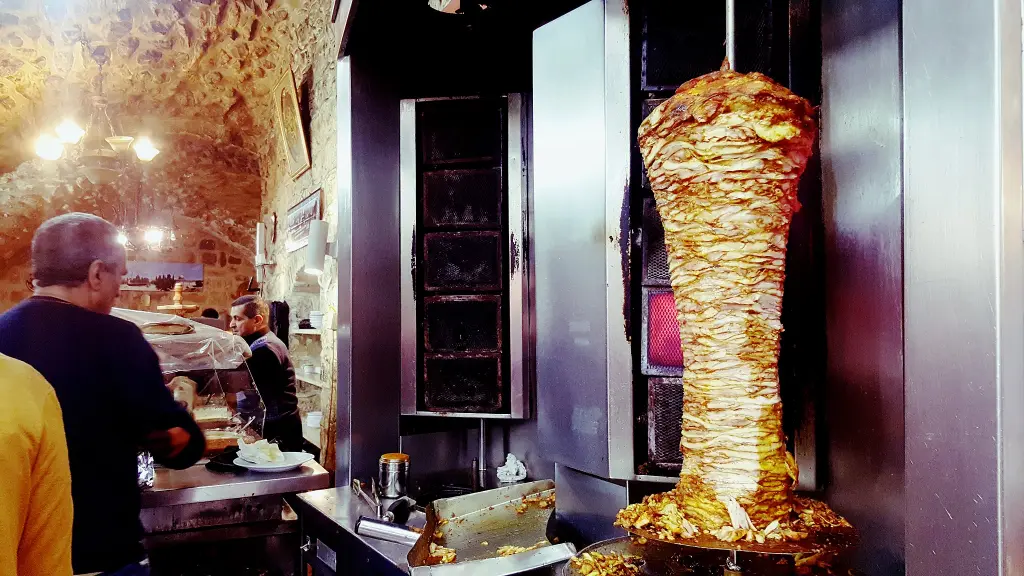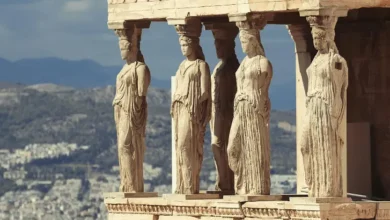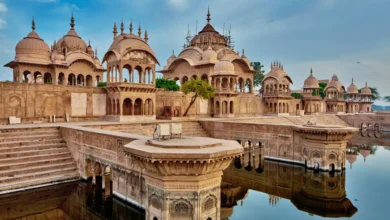The Enduring Influence of Middle Eastern Culture
The Middle East, a region steeped in history and cultural richness, has profoundly impacted the world in numerous ways. From its intricate architectural designs to its vibrant and flavorful cuisine, the influence of Middle Eastern culture is undeniably present across the globe.
This article will explore how this region’s heritage has shaped architectural styles and culinary traditions worldwide, making the world a more diverse and interesting place. Get ready for a fascinating journey into the heart of this influential culture!
A Tapestry of Culture: Understanding the Middle East
Before diving into specific impacts, it’s crucial to understand the cultural melting pot that is the Middle East. This geographically diverse area, encompassing parts of Southwest Asia and North Africa, is home to various ethnicities, religions, and traditions.
The legacy of ancient civilizations like Mesopotamia, Persia, and the Ottoman Empire has left an indelible mark, contributing to the unique blend of influences we see today. The Islamic Golden Age, in particular, witnessed significant advancements in science, mathematics, and the arts, all of which continue to resonate. It’s this rich history that forms the foundation for the enduring influence we’ll explore.
See also The Enduring Popularity of Ancient Greek Culture in Modern Society
The Enduring Popularity of Ancient Greek Culture in Modern SocietyArchitectural Marvels: Middle Eastern Designs Around the World

The Grandeur of Islamic Architecture
Islamic architecture, a significant component of Middle Eastern design, is characterized by its geometric patterns, calligraphy, and the use of domes and arches. These features are not confined to the Middle East; they’ve traveled far and wide, influencing buildings and structures across many continents. The use of intricate tilework, often seen in mosques and palaces, has become a signature of this architectural style.
- Geometric Patterns: Intricate designs, often based on mathematical principles, provide a sense of harmony and beauty. You can see these in tile work, mosaics, and screen designs in both traditional Middle Eastern buildings and in structures inspired by this style around the globe.
- Arches and Domes: These structural elements aren’t just aesthetic; they’re functional and have allowed for impressive, open spaces. The pointed arch, for example, became a central feature of Gothic architecture in Europe, showing a clear line of influence.
- Calligraphy: The incorporation of Arabic script into the design, often religious verses, adds another layer of visual interest and cultural meaning.
Moorish Influence in Spain and Beyond
The Moorish presence in Spain from the 8th to the 15th centuries left an indelible architectural legacy. The Alhambra in Granada, for example, is a breathtaking display of Moorish artistry. This influence extended far beyond Spain, inspiring architecture in Latin America and even parts of the United States. The use of courtyards, intricate carvings, and water features became hallmarks of this style. Think of the intricate stucco work in the Alhambra – this aesthetic was hugely influential in other regions.
Modern Interpretations
Modern architects are increasingly incorporating elements of Middle Eastern design into contemporary buildings. This includes the use of sustainable design practices, which have long been part of traditional Middle Eastern architecture.
The emphasis on natural ventilation and the use of local materials are finding their place in modern buildings aiming to be eco-friendly. We also see modern architects incorporating the same geometric patterns and screen work into modern buildings.
See also The Global Influence of Spanish Culture on Art Music and Language
The Global Influence of Spanish Culture on Art Music and LanguageExamples of Middle Eastern Architecture’s Global Presence
- The Taj Mahal (India): Though located in India, the Taj Mahal showcases many aspects of Islamic architecture, especially the Persian and Mughal influences that were prominent during its construction.
- The Great Mosque of Djenné (Mali): This impressive structure is an example of Islamic architectural influence in Sub-Saharan Africa. It shows how certain elements have been incorporated with local traditions.
- Mission San Xavier del Bac (USA): This historical structure in Arizona reveals the influence of Spanish colonial architecture, which in turn was heavily influenced by Moorish designs.
A Culinary Feast: Middle Eastern Cuisine Around the World
Beyond architecture, Middle Eastern cuisine has also made a significant mark on the global palate. The use of fresh ingredients, flavorful spices, and unique cooking techniques has created a rich and diverse culinary landscape. This influence has travelled far and wide, adapting to local tastes and ingredients while still retaining its core identity. Get ready to explore how these flavours have conquered the world.
The Spice Route and its Impact
The ancient Spice Route played a vital role in spreading Middle Eastern flavors. Traders from the region carried exotic spices like cumin, cardamom, and saffron to distant lands, enriching the local cuisines along the way. The use of these aromatic spices is now considered essential in a large number of global dishes. It’s the key component behind that warm, inviting taste we often associate with food from the region.

Key Ingredients and Dishes
Several ingredients and dishes have become staples in many cultures thanks to Middle Eastern culinary influence. These include:
- Hummus: This creamy dip made from chickpeas, tahini, lemon juice, and garlic is now a common appetizer globally. It’s both healthy and delicious, making it a popular option for many.
- Falafel: These deep-fried balls or patties made from ground chickpeas or fava beans are a popular street food found across the world.
- Kebabs: Various forms of grilled or roasted meats, often marinated in spices, have become a global favourite. From simple lamb kebabs to more complex preparations, these are widely enjoyed.
- Baklava: This rich, sweet pastry made of layers of filo dough filled with chopped nuts and sweetened with syrup or honey is a signature dessert found in numerous cultures.
- Shawarma: Thinly sliced roasted meat, often served in pita bread with toppings, is found across most major cities of the world.
- Rice: Various forms of rice dishes, often infused with aromatic spices such as saffron or cardamon, are also heavily influential.
Regional Variations and Adaptations
Middle Eastern cuisine is incredibly diverse, with variations across different countries and regions. For example, Levantine cuisine (from countries like Lebanon, Syria, and Palestine) is known for its emphasis on fresh herbs, while Persian cuisine (from Iran) often features complex stews and rice dishes. As this cuisine has traveled the world, it’s also adapted to local tastes and available ingredients. This has resulted in a range of unique and delicious dishes.
The Global Rise of Middle Eastern Restaurants
The popularity of Middle Eastern food has led to the growth of a vibrant restaurant scene worldwide. From small family-run eateries to upscale dining establishments, you can find Middle Eastern restaurants in almost any major city. This has not only made the cuisine more accessible but also helped to spread its cultural significance. These restaurants serve as a cultural bridge, allowing people to experience a different culture.
Fusion Cuisine and Culinary Innovation
The influence of Middle Eastern cuisine is also evident in modern fusion dishes. Chefs worldwide are experimenting with Middle Eastern flavors and ingredients, creating innovative and exciting dishes. This demonstrates the continued relevance and adaptability of this culinary tradition. Whether it’s combining Middle Eastern spices with Western cooking techniques or vice versa, these fusions have made our culinary landscape more exciting.
Conclusion: A Lasting Legacy

In conclusion, the influence of Middle Eastern culture on global architecture and cuisine is undeniable and profound. From the grand designs of Islamic architecture that inspire modern buildings to the flavorful spices and dishes that enrich global cuisine, the legacy of the Middle East is woven into the very fabric of our world.
This influence isn’t just about borrowing elements; it’s about cultural exchange and a shared appreciation for beauty, craftsmanship, and delicious food. As we continue to explore and appreciate the diversity of human culture, the contributions of the Middle East will undoubtedly continue to resonate, making our world a more culturally rich and interconnected place.“`




